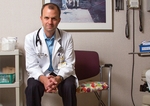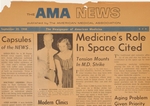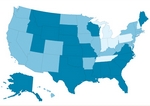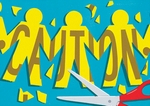health
Tobacco use creeps up in movies
NEWS IN BRIEF — Posted Oct. 8, 2012
The nation’s top-grossing movies of 2011 featured more on-screen smoking than such films did in 2010. The increase ended five years of decreasing tobacco images in movies, said a report published online Sept. 27 in the Centers for Disease Control and Prevention’s journal Preventing Chronic Disease.
The 134 biggest money-making movies of 2011 depicted 1,881 tobacco incidents, up from 1,819 in 2010. A tobacco incident is defined as one use, or an implied use, of a tobacco product by an actor. Implied tobacco use includes showing a lighted cigarette.
Overall, tobacco incidents per youth-rated movie (films rated G, PG and PG-13) increased from 6.5% in 2010 to 8.8% in 2011. Tobacco incidents per R-rated movie rose from 26% to 27.8%, the report said (link). The findings were based on data collected by the anti-smoking group Breathe California of Sacramento-Emigrant Trails.
Researchers found that some of the films with the most smoking were period movies such as “The Help,” “Midnight in Paris” and “Hugo.” Others were fantasy films, including PG-13-rated “The Twilight Saga: Breaking Dawn — Part 1,” which were aimed at youths.
The study recommends that state and local health departments work with policymakers to limit eligibility for movie subsidies to tobacco-free productions. The report also suggests modernizing the movie rating system to give movies with any tobacco use an R rating.
Note: This item originally appeared at http://www.ama-assn.org/amednews/2012/10/08/hlbf1008.htm.












